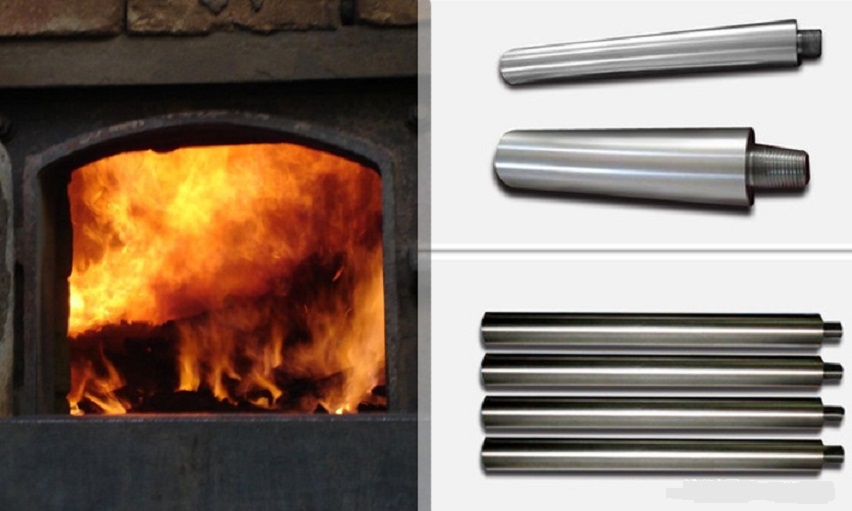Influence of Molybdenum Electrodes on the Quality of Glass Products

Influence of Molybdenum Electrodes on the Quality of Glass Products
Among all refractory metals, molybdenum is the most commonly used metal. Molybdenum has a wide range of uses, including electric furnace heating elements, sprayed metal, solid rocket motor skirts, heat shields, zinc refining pumps, switching electrodes, and tools for metal processing. In addition, molybdenum is also used as a high-performance electrode for melting glass in glass-melting furnaces. In this article, let's take a look at the influence of molybdenum electrodes on the quality of glass products.

Influence of Molybdenum Electrodes on the Quality of Glass Products
Glass manufacturing is the main consumer industry for metal molybdenum electrodes. Molybdenum is an excellent material for molten glass, and glass-melting molybdenum electrodes must be able to withstand very aggressive glass corrosion at extremely high temperatures.
The molybdenum electrode has a series of excellent properties, such as low thermal expansion coefficient, good electrical and thermal conductivity, high melting point (2620°C), high purity, does not affect the color or transparency of the glass product, oxidation, and creep resistance, resistance to molten glass corrosion, etc.
As the requirements for environmental protection are getting higher, the quality requirements for glass products are also increasing, and the use of electric fusion in glass factories has become a general trend. At present, many fully electric melting glass furnaces and flame-electrically assisted melting glass furnaces use electrodes made of pure molybdenum materials. Molybdenum electrodes are commonly used electrodes for melting soda-lime glass and borosilicate glass. It has a higher use temperature (up to 2000°C) and surfaces current intensity.
The quality of the molybdenum electrode is critical to the quality of the finished glass. The surface of the electrode is smooth and compact, with a gray metallic luster, a density greater than 10.15g/cm3, and a Mo content greater than 99.995%. The product after the electrode is corroded is not allowed to bring any defects to the finished glass, such as coloring, stones, and streaks.
In addition, during the contact between the electrode and the molten glass, no air bubbles are allowed, because air bubbles are considered defects in the finished product. Once the gas and other substances are generated, bubbles may be generated, so the electrode material used is not allowed to cause bubbles.
As a professional manufacturer of tungsten and molybdenum with more than 20 years of production experience, Advanced Refractory Metals (ARM) is committed to improving the performance of molybdenum electrodes so that they have excellent characteristics of high strength. We use the purest molybdenum powder, produced by powder metallurgy technology, not only with high purity but also with a particularly smooth surface, to ensure that our glass melting molybdenum electrode is not polluted.
Conclusion
Thank you for reading our article and we hope it can help you have a better understanding of the influence of molybdenum electrodes on the quality of glass products. If you want to learn more about molybdenum electrodes or other types of refractory metals and alloys, we would like to advise you to visit Advanced Refractory Metals (ARM) for more information.
Headquartered in Lake Forest, California, USA, Advanced Refractory Metals (ARM) is a leading manufacturer & supplier of molybdenum products across the world. It provides customers with high-quality molybdenum electrodes at a very competitive price.
{{item.content}}
LEVE A REPLY
{{item.children[0].content}}
{{item.content}}






